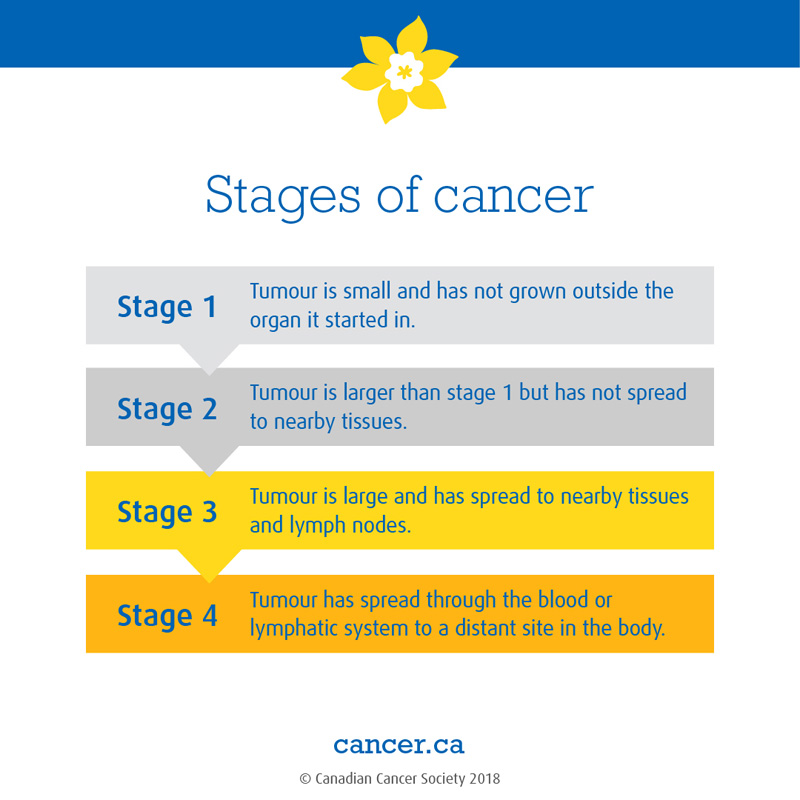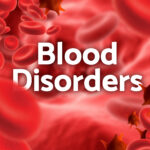Staging helps your doctor plan the best treatment. This may include choosing a type of surgery and whether or not to use chemotherapy or radiation therapy.
1. Early Stage :
Weight loss
When you lose weight for no reason, call your doctor. A loss of 10 pounds or more could be nothing to worry about. However, in rare cases, it may be the first sign of cancer.
Fatigue
This isn’t fatigue similar to how you feel after a long day of work or play. Extreme fatigue that doesn’t get better with rest can be an early sign of cancer. Cancer uses your body’s nutrients to grow and advance, so those nutrients are no longer replenishing your body. This “nutrient theft” can make you feel extremely tired. There are lots of underlying causes of fatigue, many of them not cancer-related. If your symptoms are severe enough to affect your quality of life, call your doctor.
Fever
Fever can be a common symptom of colds and the flu, and clears up on its own. Certain characteristics of recurring fever can foretell a possible cancer connection. You should pay particular attention if:
- A fever happens mostly at night.
- You have no other signs of infection.
- You experience night sweats.
Pain
Pain is another symptom that can be caused by a multitude of health issues, most of which are not cancer. But persistent pain, can also hint at an underlying disease.
Cancer can cause pain in different ways, including:
A mass or tumor pushing on other areas of your body
The chemicals a cancer releases
Metastasis, or spreading from where a cancer started
If you’re experiencing pain that doesn’t go away — and you’re not sure where it came from — your doctor can help with the best next steps.
Skin Change
Our skin is the largest organ of our body and can be a window into our overall health. Jaundice (yellowing of eyes or fingertips) is one symptom that could suggest a possible infection or cancer. Contact your doctor if you notice any signs of jaundice.
Changes in moles can also be cause for concern. Call your doctor if a mole:
- Is asymmetrical, or has jagged edges
- Has irregular borders
- Changes color or gets darker
- Is large or growing
2. Localized :
1. Cancer has started to affect nearby issue.
2. Mass may have grown in size.
3. Spread to lymph nodes near the mass.
3. Regional Spread :
Cancer affect more surrounding tissue. Mass may have grown in size, spread to distant Lymph nodes away from the mass.
- pain and fractures, when cancer has spread to the bone.
- headache, seizures, or dizziness, when cancer has spread to the brain.
- shortness of breath, when cancer has spread to the lung.
- jaundice or swelling in the belly, when cancer has spread to the liver.
4. Distant Spread :
Cancer has spread to other tissues or organs beyond the region where it originated. Sometimes called advanced or metastatic cancer.
- pain and fractures, when cancer has spread to the bone.
- headache, seizures, or dizziness, when cancer has spread to the brain.
- shortness of breath, when cancer has spread to the lung.
- jaundice or swelling in the belly, when cancer has spread to the liver.


